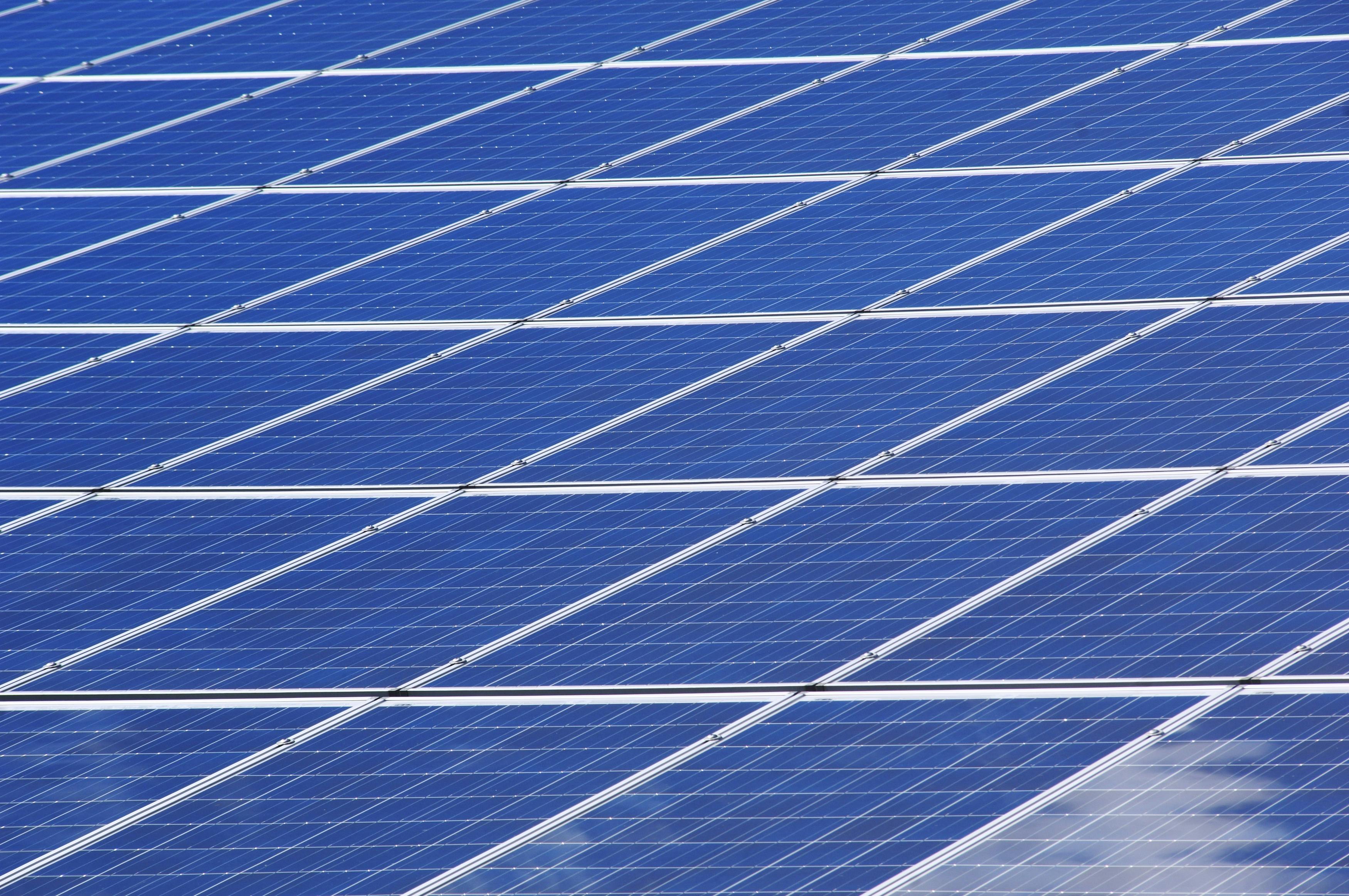Understanding Billing Periods, Metering Errors, and Dispute Steps
This article explains how billing periods, metering issues, and dispute procedures interact for electricity customers. It covers how consumption is recorded, common metering errors, what to check on a bill, and clear steps to take when you need to challenge a charge or request an investigation.

Electricity charges are shaped by how consumption is recorded and billed over time. A billing period sets the interval for measuring usage, applying tariffs, and calculating charges under your contract. Understanding the relationship between billing cycles, meter readings, and peak demand helps you interpret your invoice and spot inconsistencies. This article lays out common causes of metering errors, how billing periods affect rates and consumption allocation, and practical dispute steps to resolve problems with your supplier and the grid operator.
How do billing periods affect consumption and rates?
Billing periods define the start and end dates for measured consumption and are the basis for applied rates and tariffs. Shorter cycles (monthly or bi-monthly) can make consumption trends easier to track, while longer periods may mask short-term changes such as seasonal use or one-off events. Tariffs and time-of-use rates depend on when consumption occurs, so peak demand within a billing period can increase charges. Reviewing how your contract defines billing periods and any pro-rated adjustments is important when assessing unexpected bills.
What causes metering errors and how are they detected?
Metering errors can arise from faulty hardware, incorrect installation, data transmission faults, or human error in manual readings. Smart meters reduce some risks by providing frequent, automated reads, but they can still show anomalies when communication fails or when firmware is outdated. Signs include sudden unexplained jumps in consumption, negative readings, or mismatched serial numbers. Checking meter serial numbers, comparing meter reads to historical patterns, and requesting an on-site check are standard steps to detect issues.
How do tariffs, contracts, and switching influence billing?
Your tariff structure and contract terms determine how consumption translates into charges. Fixed-rate contracts lock in a price per unit, while variable tariffs change with market rates. Switching suppliers can change how billing periods align and how standing charges or exit fees apply. Before switching, review contract length, exit penalties, and tariff conditions tied to demand or time-of-use pricing. Keep documentation of the old and new contract dates to resolve any overlap or pro-rating issues with billing.
How do demand, grid issues, and outages affect bills and metering?
Demand peaks and grid events can influence billing especially under demand-based tariffs that charge for highest peak usage. Outages themselves usually do not increase consumption, but restoration events or temporary reliance on backup generation can alter usage patterns. Grid operators may adjust settlement or apply estimated reads after outages if real-time metering data is unavailable. If a billing period includes a significant outage or supply interruption, request an explanation of how the supplier handled meter reads for that interval.
How do renewable sources, solar, and storage change metering and efficiency?
If you have on-site solar panels or battery storage, net metering and export/import accounting become central to your bill. Solar generation reduces grid consumption during production hours but may introduce bi-directional metering where exported energy is credited. Storage systems shift consumption to off-peak times, affecting demand charges and efficiency calculations. Verify the meter supports net metering, check that export credits are applied correctly, and ensure any feed-in tariffs or contractual terms for renewable generation are correctly reflected on invoices.
What steps should you take to dispute a meter or billing issue?
Start by reviewing the bill and meter readings, comparing them to past usage and meter display values. Contact your supplier in writing with dates, meter serial numbers, and clear reasons for dispute. Request a detailed breakdown, and ask for an on-site inspection or meter test if readings appear incorrect. Keep records of all communications. If the supplier cannot resolve the issue, escalate to the regulator or an independent ombudsman in your area with documented evidence. For complex metering faults, request a formal meter accuracy test and a timeline for adjustments.
Conclusion Being familiar with billing periods, typical metering faults, and procedural steps for raising disputes gives you better control over electricity costs and contract obligations. Regularly checking meter numbers and consumption patterns, understanding tariff terms, and documenting issues helps speed resolution. When disputes arise, using the supplier’s formal processes and, if necessary, independent channels can lead to accurate corrections and clearer bills going forward.






